ASTEROID trackers at US-based space agency NASA have revealed a trio of cosmic rocks will safely skim past Earth today.
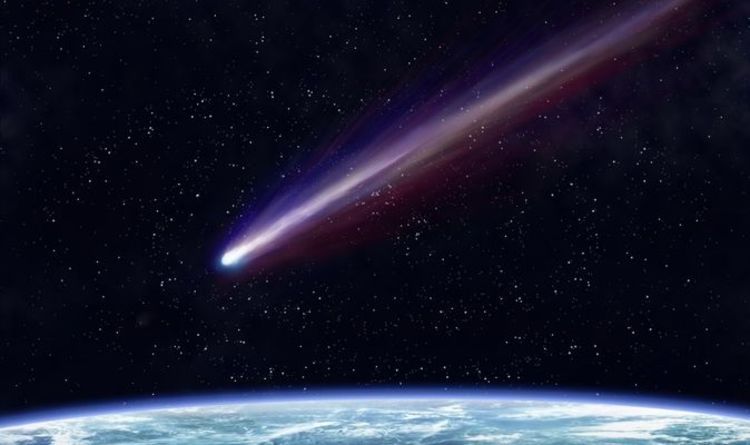

A HUGE meteor streaked in the skies above California, leaving onlookers stunned with one claiming it was “a close call”.
On GPT-3, achieving AGI, machine understanding and lots more… Will GPT-3 or an equivalent be used to deepfake human understanding?
Joscha Bach on GPT-3, achieving AGI, machine understanding and lots more
02:40 What’s missing in AI atm? Unified coherent model of reality
04:14 AI systems like GPT-3 behave as if they understand — what’s missing?
08:35 Symbol grounding — does GPT-3 have it?
09:35 GPT-3 for music generation, GPT-3 for image generation, GPT-3 for video generation
11:13 GPT-3 temperature parameter. Strange output?
13:09 GPT-3 a powerful tool for idea generation
14:05 GPT-3 as a tool for writing code. Will GPT-3 spawn a singularity?
16:32 Increasing GPT-3 input context may have a high impact
16:59 Identifying grammatical structure & language
19:46 What is the GPT-3 transformer network doing?
21:26 GPT-3 uses brute force, not zero-shot learning, humans do ZSL
22:15 Extending the GPT-3 token context space. Current Context = Working Memory. Humans with smaller current contexts integrate concepts over long time-spans
24:07 GPT-3 can’t write a good novel
25:09 GPT-3 needs to become sensitive to multi-modal sense data — video, audio, text etc
26:00 GPT-3 a universal chat-bot — conversations with God & Johann Wolfgang von Goethe
30:14 What does understanding mean? Does it have gradients (i.e. from primitive to high level)?
32:19 (correlation vs causation) What is causation? Does GPT-3 understand causation? Does GPT-3 do causation?
38:06 Deep-faking understanding
40:06 The metaphor of the Golem applied to civ
42:33 GPT-3 fine with a person in the loop. Big danger in a system which fakes understanding. Deep-faking intelligible explanations.
44:32 GPT-3 babbling at the level of non-experts
45:14 Our civilization lacks sentience — it can’t plan ahead
46:20 Would GTP-3 (a hopfield network) improve dramatically if it could consume 1 to 5 trillion parameters?
47:24 GPT3: scaling up a simple idea. Clever hacks to formulate the inputs
47:41 Google GShard with 600 billion input parameters — Amazon may be doing something similar — future experiments
49:12 Ideal grounding in machines
51:13 We live inside a story we generate about the world — no reason why GPT-3 can’t be extended to do this
52:56 Tracking the real world
54:51 MicroPsi
57:25 What is computationalism? What is it’s relationship to mathematics?
59:30 Stateless systems vs step by step Computation — Godel, Turing, the halting problem & the notion of truth
1:00:30 Truth independent from the process used to determine truth. Constraining truth that which can be computed on finite state machines
1:03:54 Infinities can’t describe a consistent reality without contradictions
1:06:04 Stevan Harnad’s understanding of computation
1:08:32 Causation / answering ‘why’ questions
1:11:12 Causation through brute forcing correlation
1:13:22 Deep learning vs shallow learning
1:14:56 Brute forcing current deep learning algorithms on a Matrioshka brain — would it wake up?
1:15:38 What is sentience? Could a plant be sentient? Are eco-systems sentient?
1:19:56 Software/OS as spirit — spiritualism vs superstition. Empirically informed spiritualism
1:23:53 Can we build AI that shares our purposes?
1:26:31 Is the cell the ultimate computronium? The purpose of control is to harness complexity
1:31:29 Intelligent design
1:33:09 Category learning & categorical perception: Models — parameters constrain each other
1:35:06 Surprise minimization & hidden states; abstraction & continuous features — predicting dynamics of parts that can be both controlled & not controlled, by changing the parts that can be controlled. Categories are a way of talking about hidden states.
1:37:29 ‘Category’ is a useful concept — gradients are often hard to compute — so compressing away gradients to focus on signals (categories) when needed
1:38:19 Scientific / decision tree thinking vs grounded common sense reasoning
1:40:00 Wisdom/common sense vs understanding. Common sense, tribal biases & group insanity. Self preservation, dunbar numbers
1:44:10 Is g factor & understanding two sides of the same coin? What is intelligence?
1:47:07 General intelligence as the result of control problems so general they require agents to become sentient
1:47:47 Solving the Turing test: asking the AI to explain intelligence. If response is an intelligible & testable implementation plan then it passes?
1:49:18 The term ‘general intelligence’ inherits it’s essence from behavioral psychology; a behaviorist black box approach to measuring capability
1:52:15 How we perceive color — natural synesthesia & induced synesthesia
1:56:37 The g factor vs understanding
1:59:24 Understanding as a mechanism to achieve goals
2:01:42 The end of science?
2:03:54 Exciting currently untestable theories/ideas (that may be testable by science once we develop the precise enough instruments). Can fundamental physics be solved by computational physics?
2:07:14 Quantum computing. Deeper substrates of the universe that runs more efficiently than the particle level of the universe?
2:10:05 The Fermi paradox
2:12:19 Existence, death and identity construction.

It is reported that the dimensions of the celestial body are from 22 to 49 meters. According to the space agency, at the minimum distance to the planet – about 120 thousand kilometers – the asteroid will come up at 19.12 Moscow time. The asteroid is moving at 8.16 kilometers per second.
Note that the celestial body was discovered on March 2, 2011. It belongs to the group of “Apollo”, that is, asteroids, whose flight paths cross the Earth’s orbit.
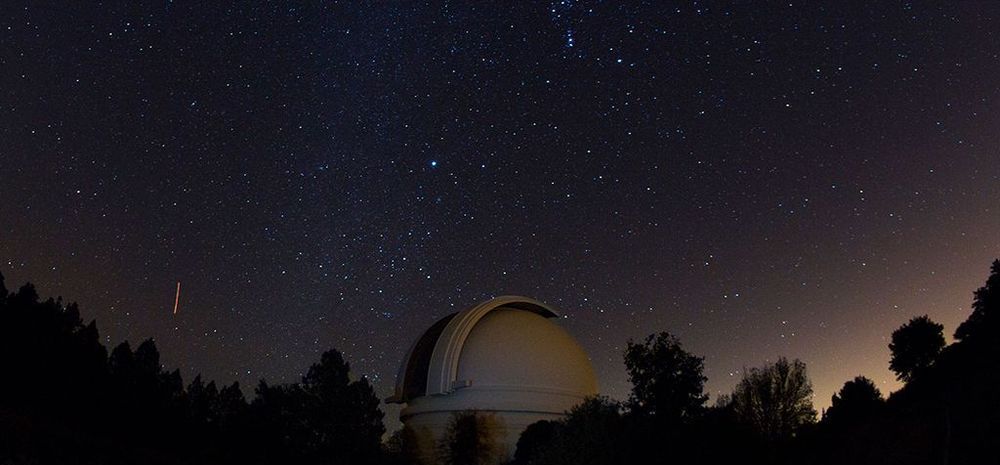
Amid a pandemic, civil unrest and a divisive US election season, we now have an asteroid zooming toward us.
On the day before the presidential vote, no less.
Yep. The celestial object known as 2018VP1 is projected to come close to Earth on November 2, according to the Center for Near Earth Objects Studies at NASA’s Jet Propulsion Laboratory.
As if 2020 hadn’t already thrown enough at us, NASA says an asteroid will come close to Earth on November 2.
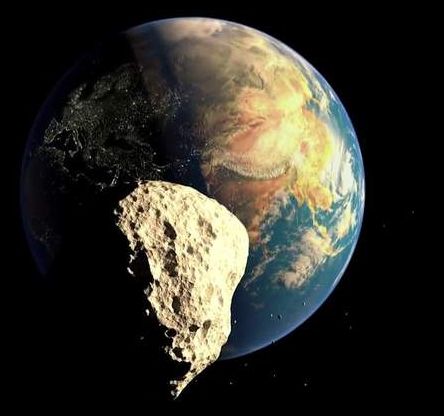
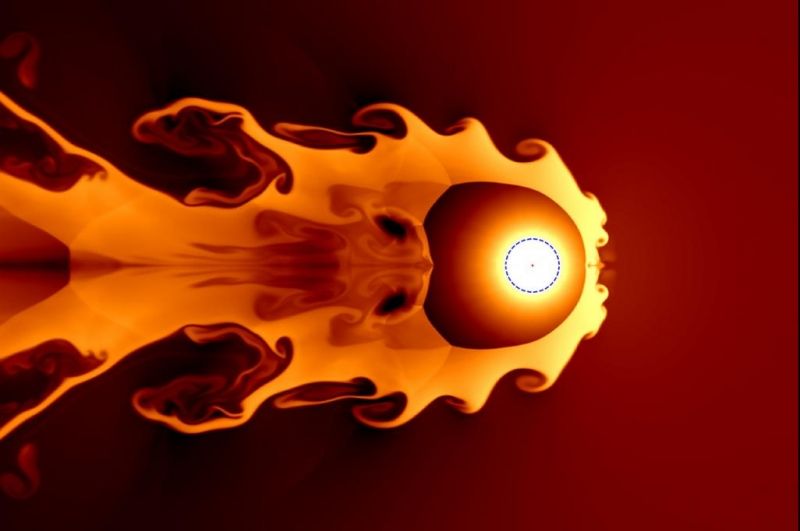
Aug. 18 (UPI) — New research suggests harmful cosmic rays from a nearby supernova might have caused the extinction events that form the boundary between the Devonian-Carboniferous periods.
Around 360 million years ago, a lengthy period of biodiversity declines culminated in a series of extinction events that saw 19 percent of all families and 50 percent of all genera disappear.
Scientists have previously unearthed a diversity of Late Devonian plant spores that show evidence of being burnt by ultraviolet light, signs of a prolonged ozone-depletion event.
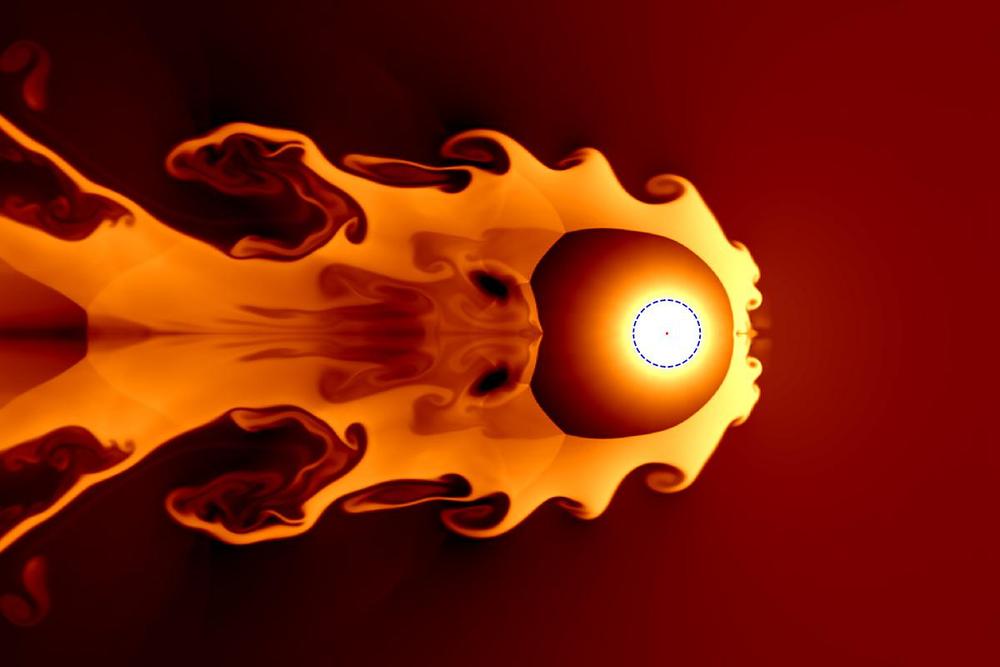
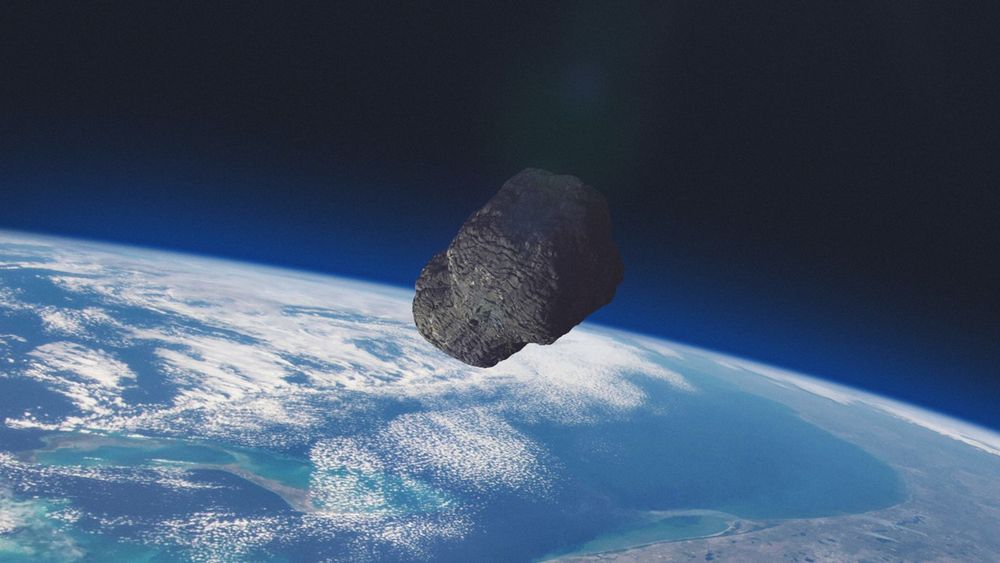
An asteroid the size of a car has flown past Earth closer than any seen before without hitting the planet — and NASA admits: “We didn’t see it coming.”
Known as asteroid 2020 QG, NASA said the space rock passed 1,830 miles (2,950 km) above the southern Indian Ocean on Sunday.
If it had actually been on an impact trajectory, it would likely have become a “fireball” as it broke up in the Earth’s atmosphere, the US space agency said.

We can’t evolve faster than our language does. Evolution is a linguistic, code-theoretic process. Do yourself a humongous favor, look over these 33 transhumanist neologisms. Here’s a fairly comprehensive glossary of thirty three newly-introduced concepts and terms from “The Syntellect Hypothesis: Five Paradigms of the Mind’s Evolution” by futurist, philosopher and evolutionary cyberneticist Alex M. Vikoulov. In parts written as an academic paper, in parts as a belletristic masterpiece, this recent book is an exceptionally easy read for an intellectual reader — a philosophical treatise that is fine-tuned with apt neologisms readily explained by given definitions and contextually… https://medium.com/@alexvikoulov/33-crucial-terms-every-futu…a1c8b993c8
#evolution #consciousness #futurism #transhumanism #philosophy
“A powerful work! As a transhumanist, I especially loved one of the main ideas of the book that the Syntellect Emergence, merging of us into one Global Mind, constitutes the quintessence of the coming Technological Singularity. The novel conceptual visions of mind-uploading and achieving digital immortality are equally fascinating. The Chrysalis Conjecture as a solution to the Fermi Paradox is mind-bending. I would highly recommend The Syntellect Hypothesis to anyone with transhumanist aspirations and exponential thinking!” -Zoltan Istvan, futurist, author, founder of the U.S. Transhumanist Party
Terms such as ‘Artificial Intelligence’ or ‘Neurotechnology’ were new some time not so long ago. We can’t evolve faster than our language does. Evolution is a linguistic, code-theoretic process. Do yourself a humongous favor, look over these 33 transhumanist neologisms. Here’s a fairly comprehensive glossary of thirty three newly-introduced concepts and terms from “The Syntellect Hypothesis: Five Paradigms of the Mind’s Evolution” by futurist, philosopher and evolutionary cyberneticist Alex M. Vikoulov. In parts written as an academic paper, in parts as a belletristic masterpiece, this recent book is an exceptionally easy read for an intellectual reader — a philosophical treatise that is fine-tuned with apt neologisms readily explained by given definitions and contextually:
AGI Naturalization Protocol, AGI(NP) — initiating AGI (Artificial General Intelligence) via human life simulation training program, infusing AGI with a value system, ethics, morality and generally civilized manners to ensure functioning in the best interests of society as a self-aware agent. Read more: http://www.ecstadelic.net/top-stories/how-to-create-friendly…-explosion #AGINaturalizationProtocol #AGINP